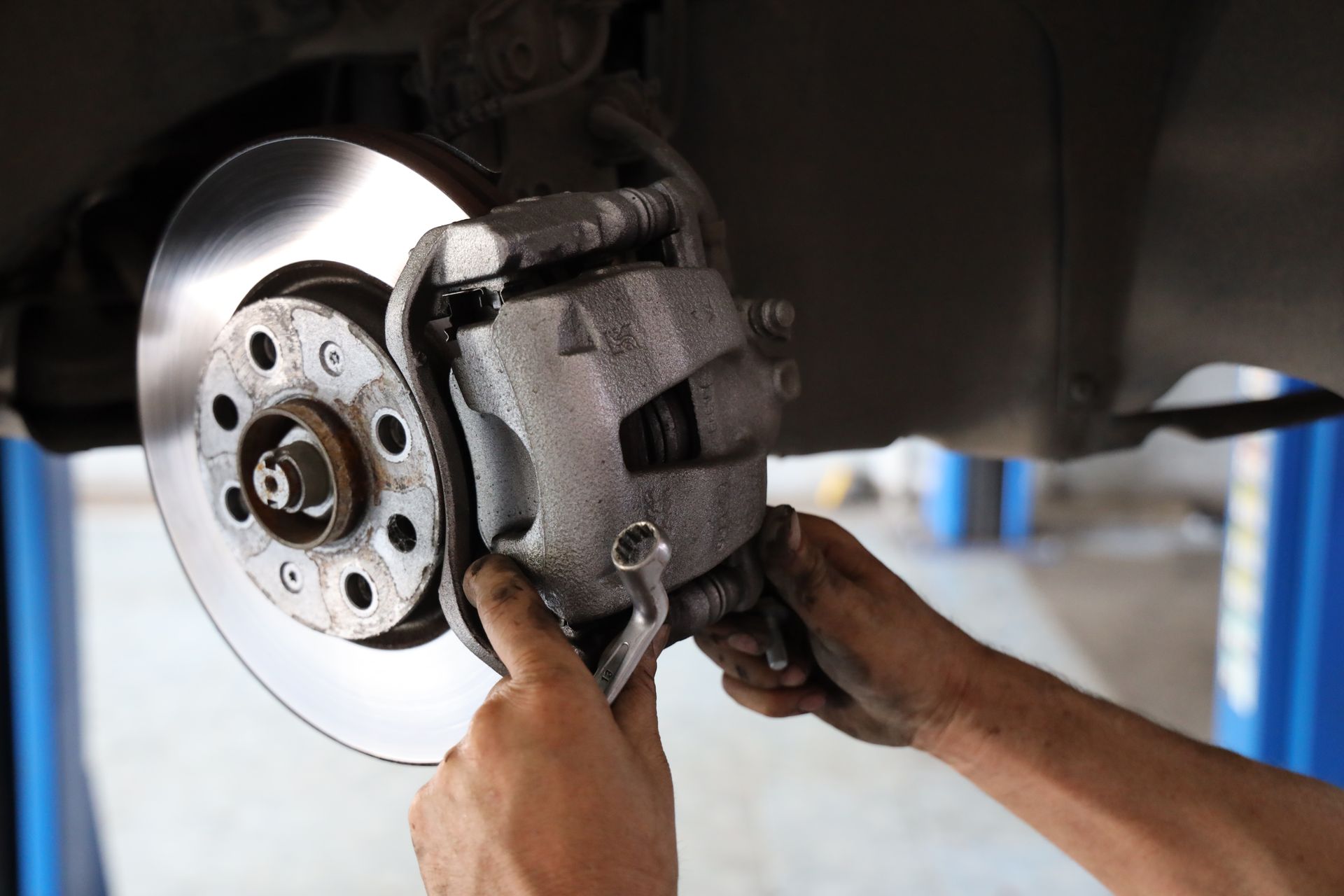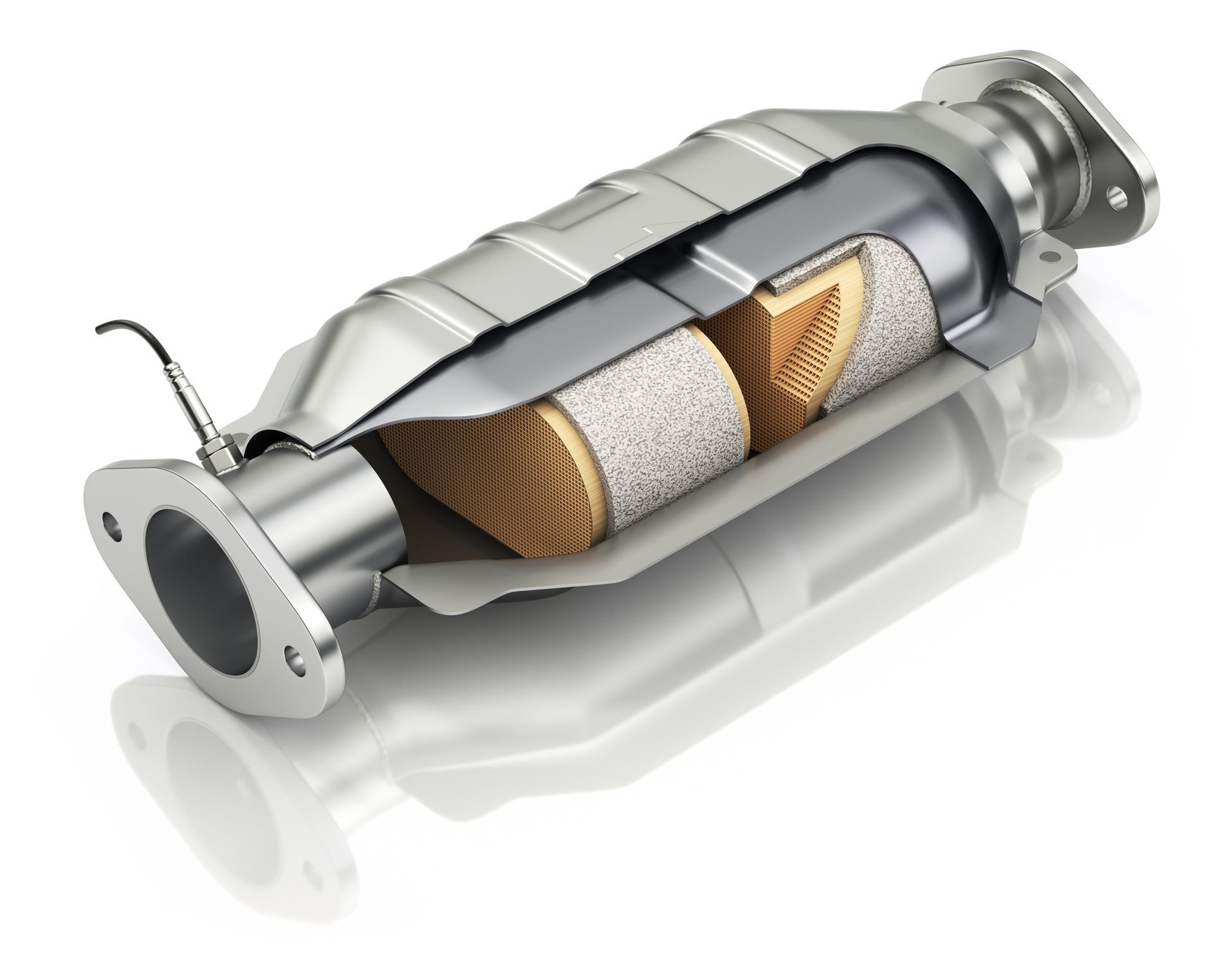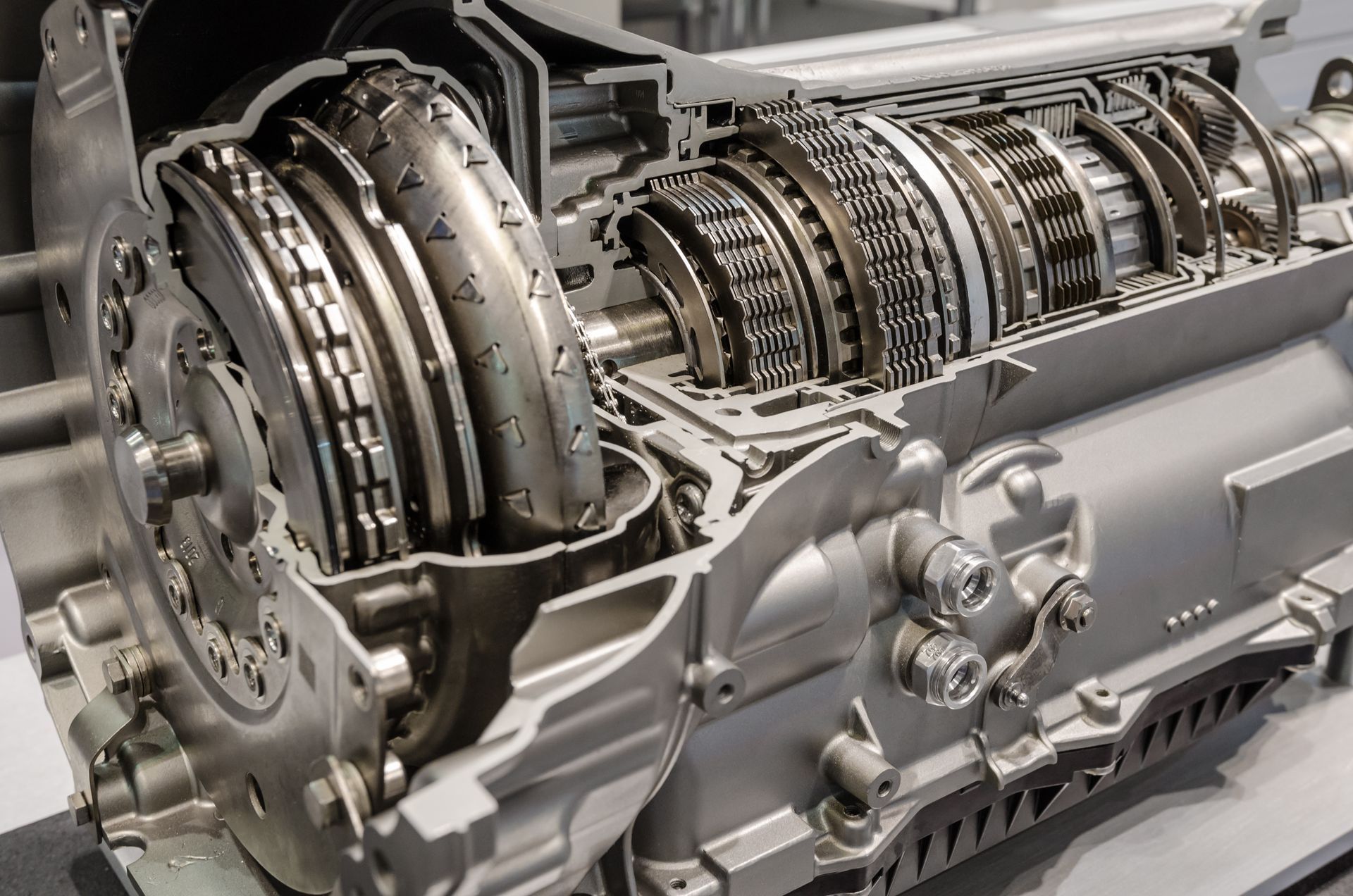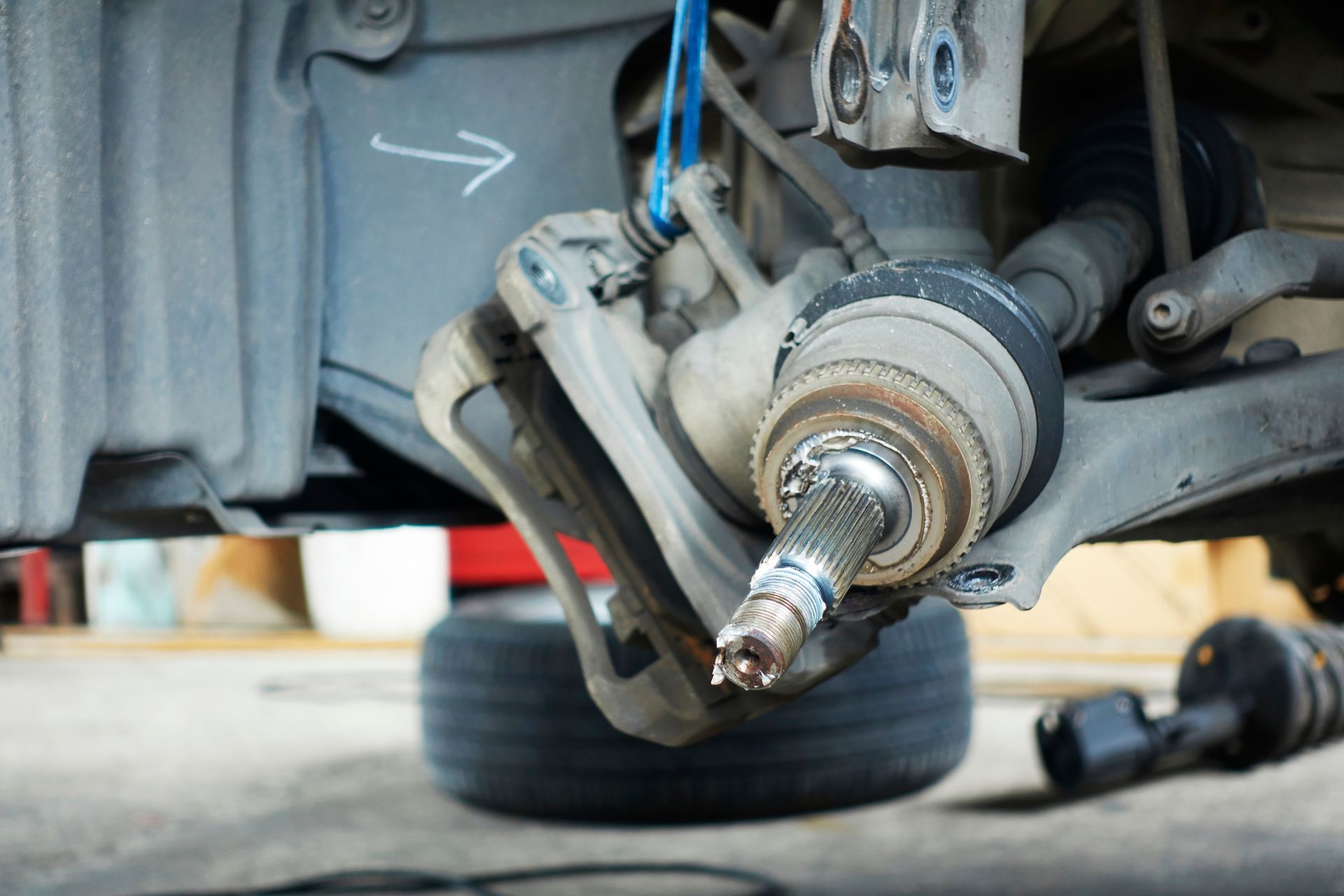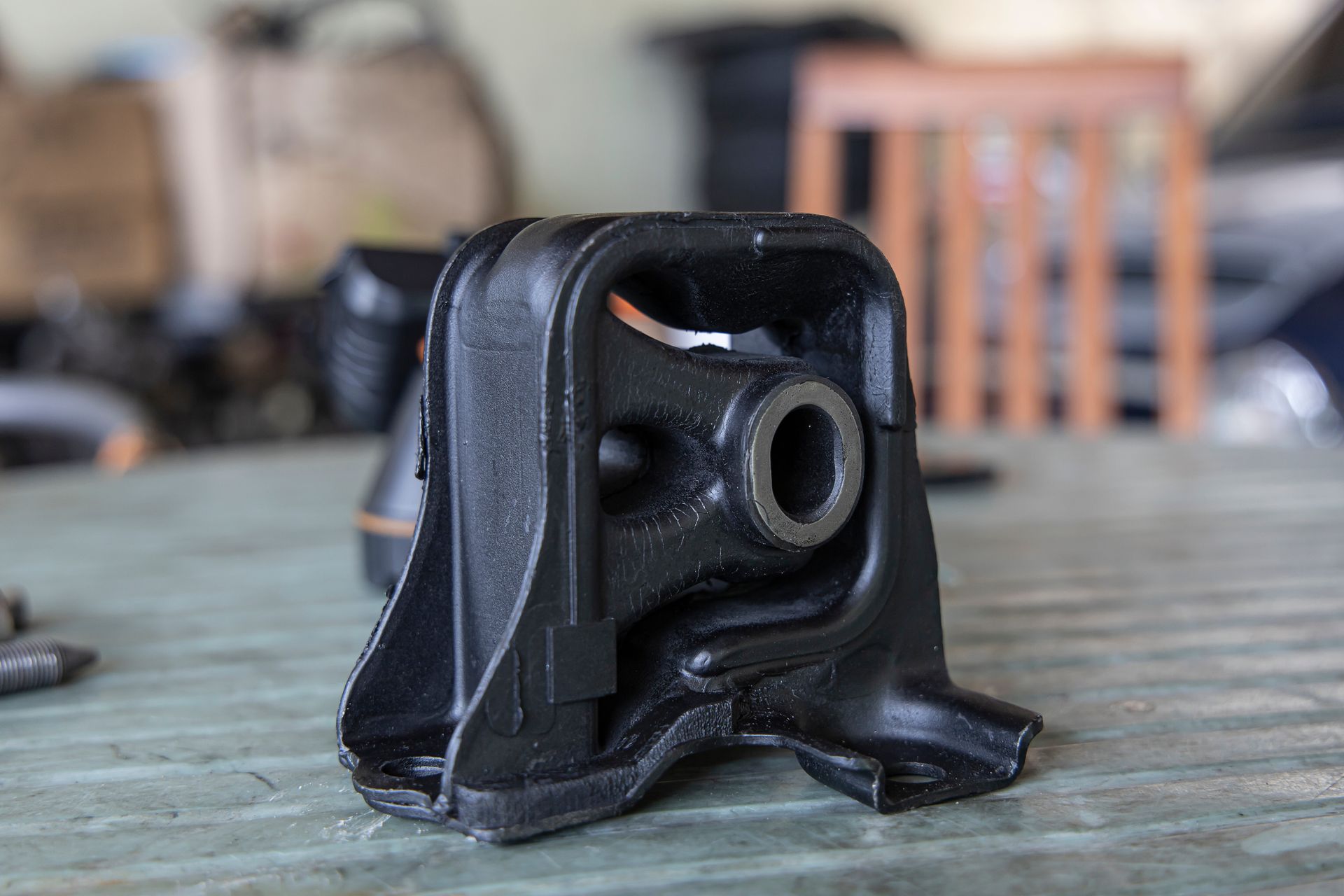Shock absorbers are a key part of your vehicle’s suspension system. They keep your tires in contact with the road, help control body movement, and provide a smoother ride. When shocks begin to fail, your vehicle’s handling, comfort, and safety can all suffer. Unfortunately, the signs aren’t always obvious at first, and many drivers continue driving on worn shocks without realizing the impact it has on control and stopping distance.
Here are five clear signs your shock absorbers may be failing.
1. Excessive Bouncing
A healthy shock absorber quickly controls the up-and-down motion of your vehicle after hitting a bump. If your car continues to bounce several times after going over a pothole, speed bump, or uneven road, the shocks may no longer be doing their job. This extra motion makes the ride uncomfortable and can reduce your ability to steer and brake effectively.
2. Nose Diving When Braking
When you hit the brakes, the weight of your car shifts forward. Worn shocks can’t manage this shift properly, causing the front end to dip noticeably. This not only increases stopping distance but can also make the vehicle less stable, especially in emergency braking situations.
3. Uneven Tire Wear
If your shocks aren’t keeping your tires firmly planted on the road, the tires can bounce, leading to uneven tread wear. You might notice patches where the tread is more worn in certain spots. Uneven tire wear reduces traction and shortens tire life, meaning you’ll need replacements sooner than expected.
4. Fluid Leaks on the Shock Body
Shock absorbers are filled with hydraulic fluid that allows them to dampen suspension movement. If you notice oil or greasy residue on the outside of the shock, it could mean the internal seals have failed and fluid is leaking out. Without enough fluid, the shocks lose their ability to function.
5. Poor Handling and Stability
Worn shocks can make your car feel less stable, particularly when cornering, driving in crosswinds, or making sudden lane changes. You might feel more body roll or sway than usual. On the highway, this can be especially dangerous because it makes the car harder to control at higher speeds.
Why Worn Shocks Are a Safety Concern
It’s easy to think of shocks as purely a comfort feature, but they play a big role in safety. By keeping your tires in contact with the road, they improve traction and braking performance. Worn shocks can lengthen stopping distances and make it harder to avoid hazards. In wet conditions, they increase the risk of hydroplaning because the tires aren’t pressing firmly against the road surface.
How Long Shocks Last
Most shock absorbers last between 50,000 and 100,000 miles, depending on driving conditions and vehicle type. Rough roads, heavy loads, or frequent towing can wear them out faster. It’s a good idea to have them inspected regularly once you pass the 50,000-mile mark, even if you aren’t experiencing obvious symptoms yet.
Diagnosing Shock Problems
A professional inspection can confirm whether your shocks are worn. Technicians may perform a bounce test, check for leaks, inspect mounting points, and look for uneven tire wear. In some cases, they may also road test the vehicle to feel for instability or poor handling.
Replacing shocks in pairs (both fronts or both rears at the same time) ensures balanced performance and consistent handling. In many cases, it’s wise to replace all four if they’re all worn.
Preventing Suspension Wear
While shocks will eventually wear out, you can help prolong their life by avoiding large potholes, slowing down for speed bumps, and keeping your vehicle at the proper ride height. Regular suspension inspections also help catch problems early before they cause additional wear on tires, springs, and other components.
Shock and Suspension Service at Barsh Auto in Conroe and New Waverly, TX
If your vehicle is bouncing excessively, nose diving when braking, or feeling unstable, your shock absorbers may be ready for replacement. At
Barsh Auto in Conroe and New Waverly, TX, we offer complete suspension inspections and expert shock replacement to restore comfort, control, and safety. Schedule your suspension service today and get back to driving with confidence.

